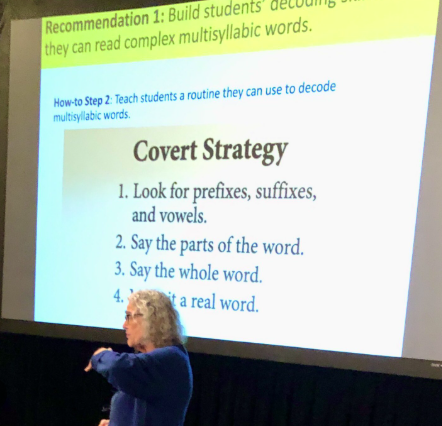In the journey of learning to read, two essential skills come into focus: decoding and comprehension. While they work hand in hand, they represent different aspects of the reading process. Understanding the distinction between these two can help educators and learners build stronger reading foundations.
Decoding is the ability to translate written words into spoken language. It involves recognizing letters and sounds, blending them together, and identifying words quickly and accurately. This skill relies heavily on phonics knowledge and is most crucial in the early stages of reading development. When students can decode efficiently, they are better prepared to tackle more complex texts.
Comprehension, on the other hand, is the ability to understand and make meaning from what is read. It involves interpreting information, making inferences, identifying main ideas, and connecting the text to prior knowledge. Strong comprehension allows readers to engage critically with material, draw conclusions, and apply what they learn to new situations.
While decoding focuses on word recognition, comprehension centers on overall understanding. A student may be able to pronounce every word in a sentence but still struggle to grasp its meaning. Conversely, students with strong comprehension skills might still face challenges if their decoding skills are underdeveloped.
Effective reading instruction addresses both components. Early literacy programs often begin with phonemic awareness and phonics to build decoding skills, then gradually introduce strategies to support comprehension such as summarizing, questioning, and predicting.
Assessing both decoding and comprehension can provide a fuller picture of a student’s reading ability. Tools like running records, fluency checks, and reading response activities help educators identify specific areas where support is needed.
Balancing instruction in decoding and comprehension ensures that students not only learn how to read the words on a page but also understand and enjoy the stories and information those words convey. With practice and the right strategies, learners can become confident, thoughtful readers who read with both accuracy and insight.













